Natural Bar Soap – The Mystery Revealed
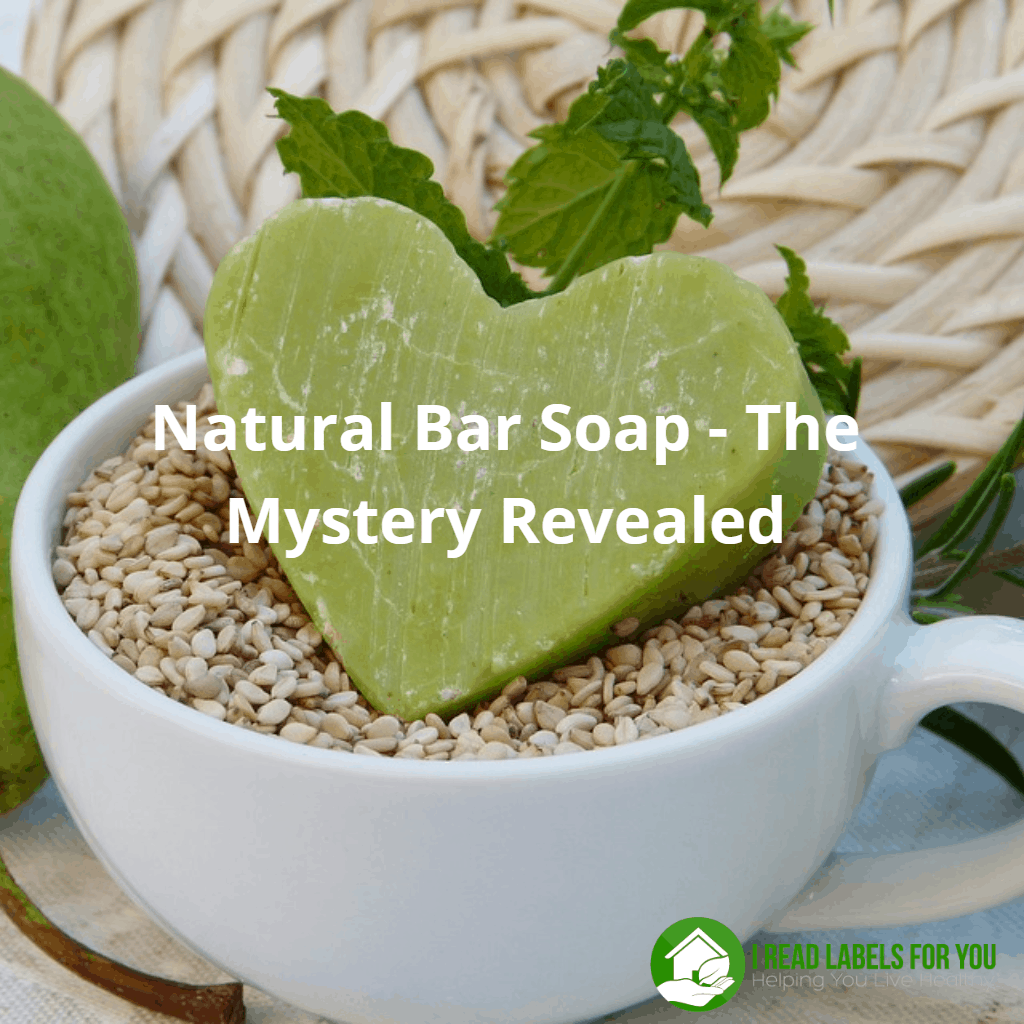
Do you want to buy bar soap without harmful chemicals but do not know how to look for it? Indeed, what do you type into a Google search browser – good soap? Handmade bar soap? Organic soap? Natural soap? Perhaps, it is time to clarify what natural bar soap is, especially, since the term “natural” is not legally defined. Read on to see if castile soap ingredients qualify to make natural soap, and what the best options are.
I spend long hours doing research before forming an opinion on the safety of an ingredient or a product.
First of all, I understand that reading soap ingredients can be a daunting task. When I started reading ingredients in 2012, I was so confused that I spent days researching them and following up with manufacturers. Now, thousands of research hours later, reading labels has become my full-time occupation. I feel that as consumers we deserve more guidance than we get from manufacturers and the government. So, my mission is to help fulfill that need.
Besides, I have noticed a correlation between decreasing the amount of toxic chemicals around me and improvement of my health. Thus, I no longer have Hashimoto’s Thyroiditis and am on the way to recovery from Addison’s autoimmune disease. Feel free to read my posts about my journey to health: Can Breast Implants Cause Autoimmune Diseases and My Health Update After Explant Surgery. Note, I have been working closely with doctors and do not recommend you follow my steps without consulting your doctor.
To learn about ingredients and form my opinion on their safety, I study multiple sources, including chemical databases and scientific publications. Of course, I turn to EWG Skin Deep database, too, but it has its pitfalls. If you consult EWG for product safety, learn how to Use the Skin Deep Database the Right Way. For a comprehensive list of sources and research steps I take, please visit my Start here page.
Natural bar soap must contain an alkali.
What helped me understand soap ingredients was learning about the soap making process. Specifically, soap is made by saponifying a fat or an oil with an alkali, aka lye. (In essence, these are castile soap ingredients.) Typically, an alkali is either sodium hydroxide (for bar soap) or potassium hydroxide (for liquid soap). So, saponification is a process in which alkali diluted with water goes into reaction with animal fat or plant oil. The end products are soap and glycerin.
Although no unreacted lye remains in the final product, soaps technically cannot have an organic certification, because alkalis, including lye, are chemicals. Even so, soap made through the process of saponification is as close to “natural” as can be.
For your information, there is no officially accepted definition of the term “natural.” It is a marketing term that can be found on pretty much anything. Besides, “natural” does not necessarily mean good for you. After all, even crude oil is natural, and gasoline is “derived” from crude oil. It is good to keep this in mind when you hear the term “natural” or that something is “derived” from something natural.
However, when people say, “natural soap,” I believe they mean soap that is good for skin and healthy for you. And that means soap made by the traditional process of saponification.
Do castile soap ingredients qualify to make natural bar soap? Yes, they do.
Historically, the first soap was made simply with olive oil, lye, and some water, and got the name “castile soap.” Since olive oil is moisturizing and healing for the skin, castile soap is good for sensitive and problematic skin and for newborn babies.
The downside of true castile soap is that it comes with a price tag and does not produce rich lather. Some people may even consider it slimy, but a well-draining soap dish can prevent its sogginess. This soap dish that my husband found after long research works best for us.
I consider castile natural bar soap healthy and like using it, especially when it contains organic plant oils. Plus, it should be free of artificial colorants and synthetic fragrance, meaning that essential oil-based scent is fine. At the same time, I recommend avoiding essential oils in baby skincare products, as they may cause allergies.
To make sure that soap is made by saponification, see if the label says one of the following:
- Saponified plant oils (e.g., olive oil, coconut oil, castor oil), sodium hydroxide
- Saponified plant oils
- Plant oils, sodium hydroxide
- Sodium ____-ate (e.g., sodium cocoate, which means saponified coconut oil)
- Plant oils
The last way of listing ingredients – “plant oils” – is not in compliance with the law. But since soap makers sometimes use it anyway, you should know about it. (I encourage you to contact manufacturers before purchasing any product, even if the website seems clear.)
The oils in soap perform various functions.
Unlike the traditional castile soap ingredients – olive oil, lye, and water – modern soap has more ingredients. Indeed, most natural bar soap consists of a combination of different oils that serve different purposes.
First, olive oil has unique moisturizing and skin-conditioning properties and produces mild lather with minimal bubbles.
Second, coconut oil makes hard soap with rich bubbly lather. However, high amounts of coconut oil can be drying.
Third, castor oil produces rich creamy lather and draws moisture to the skin. Even a little bit of castor oil in the soap will make a difference. Additionally, it has anti-inflammatory, antibacterial, and anti-fungal qualities (source). If you have heard that castor oil is toxic, please know that the ricin toxin of the castor plant does not partition into the oil (source).
Next, hemp seed oil gives light creamy, silky lather and has luxury healing and moisturizing properties.
Then, sunflower oil is moisturizing but does not produce a lot of lather.
Lastly, palm oil is a very popular kind of oil for soap making. It hardens the soap and produces rich creamy lather. From an environmental standpoint, we want palm oil to be sustainable because of over logging of palm trees (source).
There are several options for natural bar soap.
The brands below have true castile soap ingredients and organic botanicals.
For starters, Apple Valley Natural Soap carries a variety of true castile bar soaps made with organic olive oil. They also carry other soap bars, some of which used to have synthetic fragrance blends that I don’t recommend. So, please check the ingredients before purchasing.
One of my favorite bar soaps is made by Pure Haven. It fits so well in my hand. Take a look what one of the users of it said about it here.
Next, in case you prefer to avoid palm oil, Meliora Cleans Better does not use palm oil. I like it because it does not get soggy; it moisturizes the skin and lathers very well.
If you do not fancy bar soap, MamaSuds true castile soap may be just for you because it is liquid. Although it comes in a plastic bottle, refills are available.
My personal favorites
I love Pure Haven cocoa bar with goat’s milk which they use in addition to castile soap ingredients. Not only does it seem to be healthy non-toxic natural bar soap, but also it is very comfortable to handle. Be sure to take a look at what a recent customer said about it here.
Additionally, excellent choices for natural bar soap products include the Crunchi facial bar, Crunchi charcoal body bar, and Littles™ 3-in-1 Bathtime Bar. In fact, when it comes to babies, I highly recommend Littles™ 3-in-1 Bathtime Bar. To minimize risks of an allergic reaction, Crunchi does not use any essential oils in it.
The truth of the matter is I have examined every ingredient of every Crunchi product and stand by their safety. Plus, I like the way they perform and the feeling on my skin after using them. If I ever created my own line of skincare and beauty products, it would be a lot like Crunchi. By the way, I use Crunchi non-toxic makeup exclusively and love it. (With the ADVOCATE10 discount code, you can get 10% off on your 1st order of $50+ at Crunchi.)
Conclusion about natural bar soap
In sum, I consider soap “natural” when it is made by the process of saponification of oils, e.g., olive oil. Actually, olive oil is a must-have among true castile soap ingredients, and castile soap is as natural as it gets.
Another must-have among natural soap ingredients is an alkali, such as sodium hydroxide or potassium hydroxide. But don’t be afraid of them! In a high-quality product, the alkali used in the saponification process does not remain. Just make sure that you are buying your soap from a reputable company.
Confirm with the manufacturer that they make soap by the process of saponification, and that they use only essential oils for their scent. Learn why I am on the fence about Mrs. Meyer’s products in my post to learn how to buy truly non-toxic soap.
Please, visit my shop for numerous options of non-toxic products and check out my e-books. Also, book a consultation with me for a deeper look into your personal needs and wants. And join my Savvy Consumer Circle to advance together on a journey of healthy living.

Download The Free Guide!
5 Powerful Steps To A Non-Toxic Home
Join our informed consumer community and get our free guide the “5 Powerful Steps To A Non-Toxic Home”.

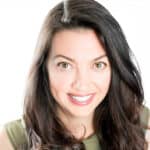 Written by
Written by 
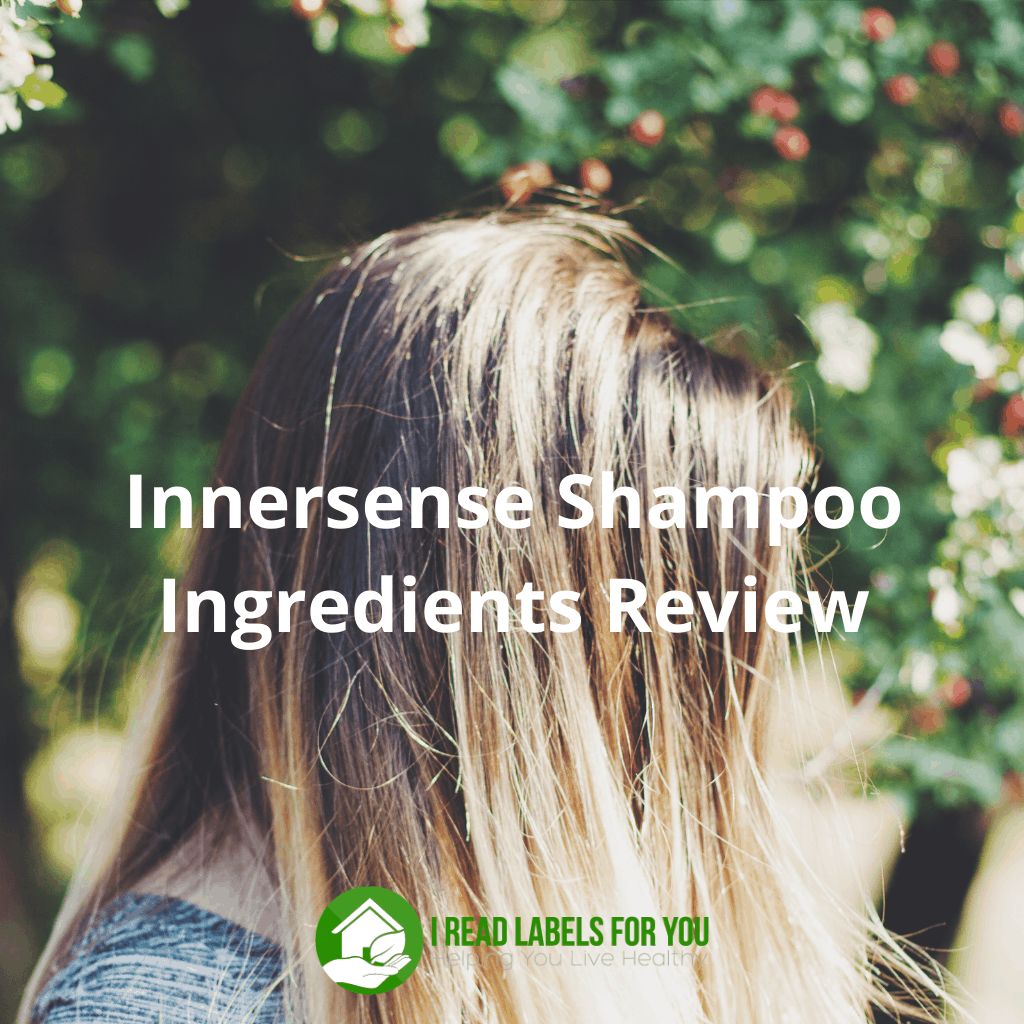
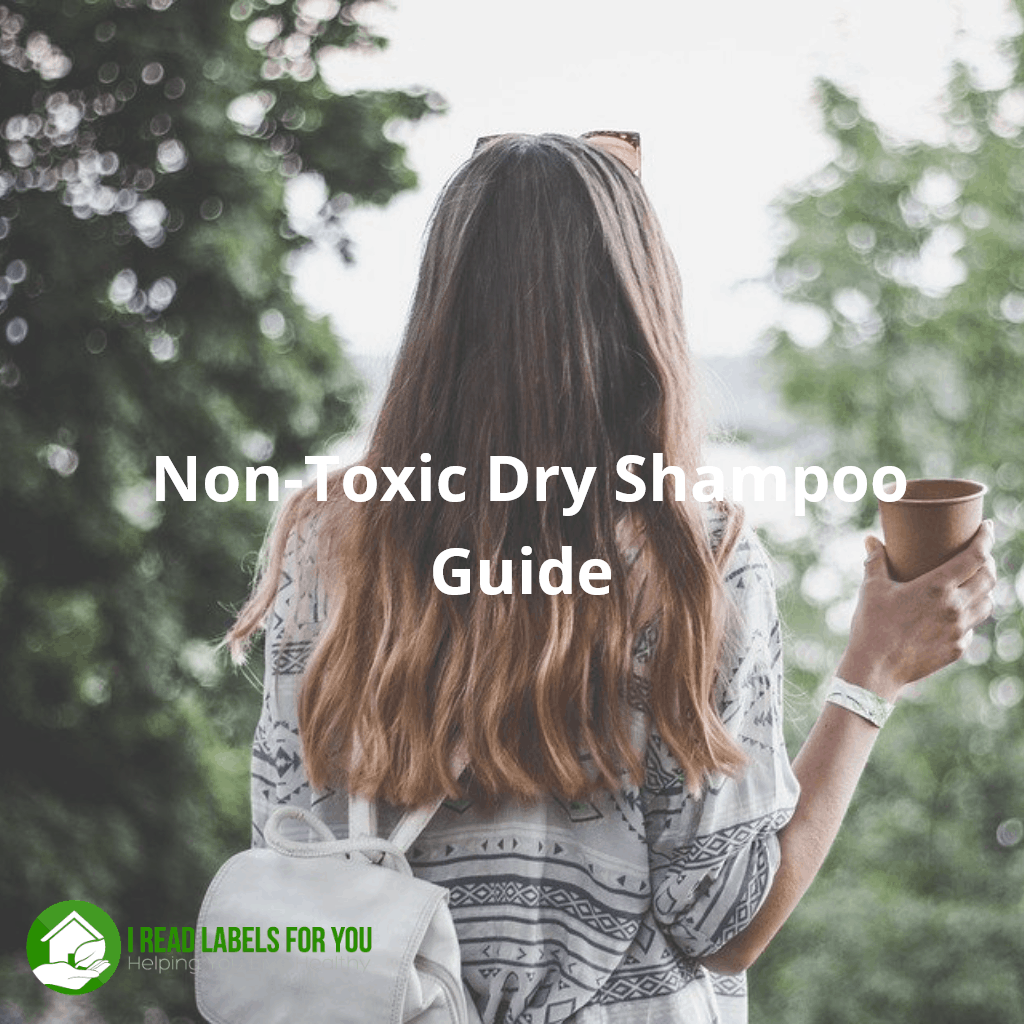
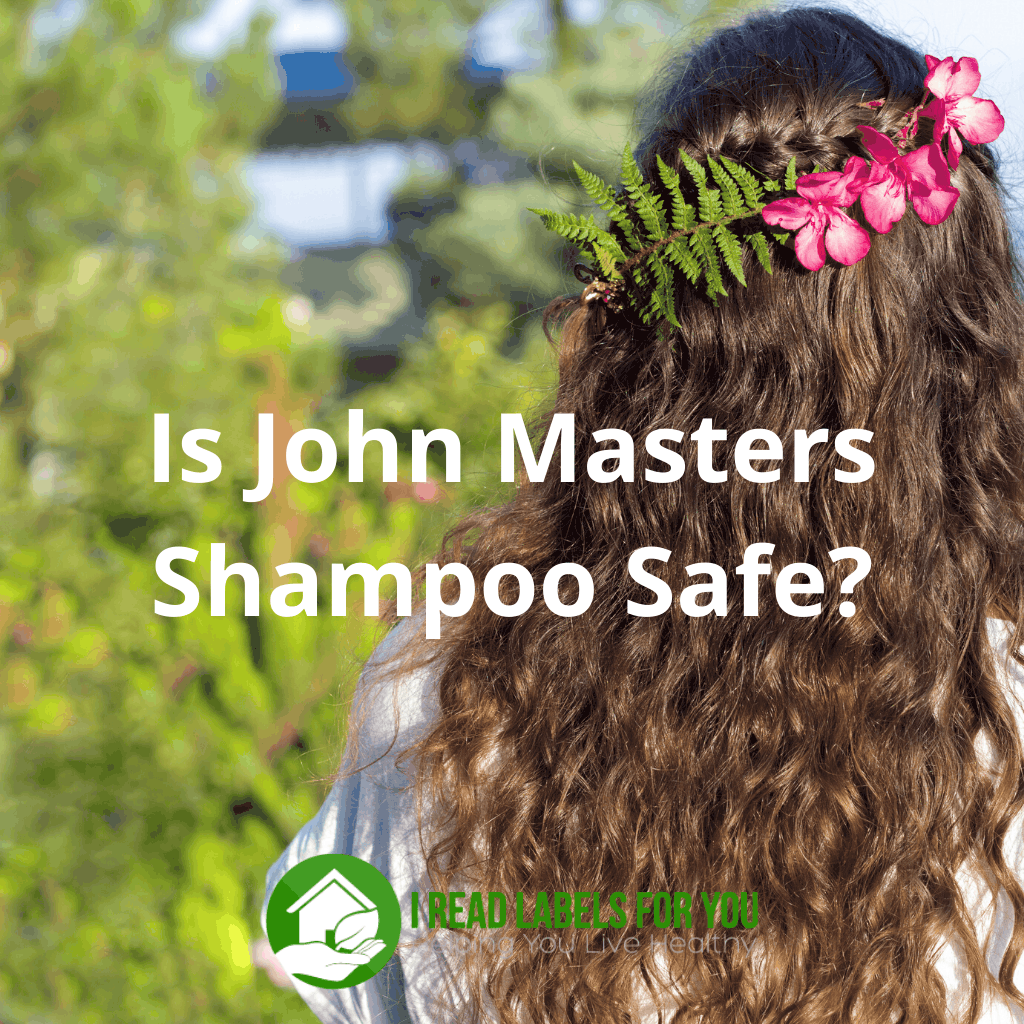
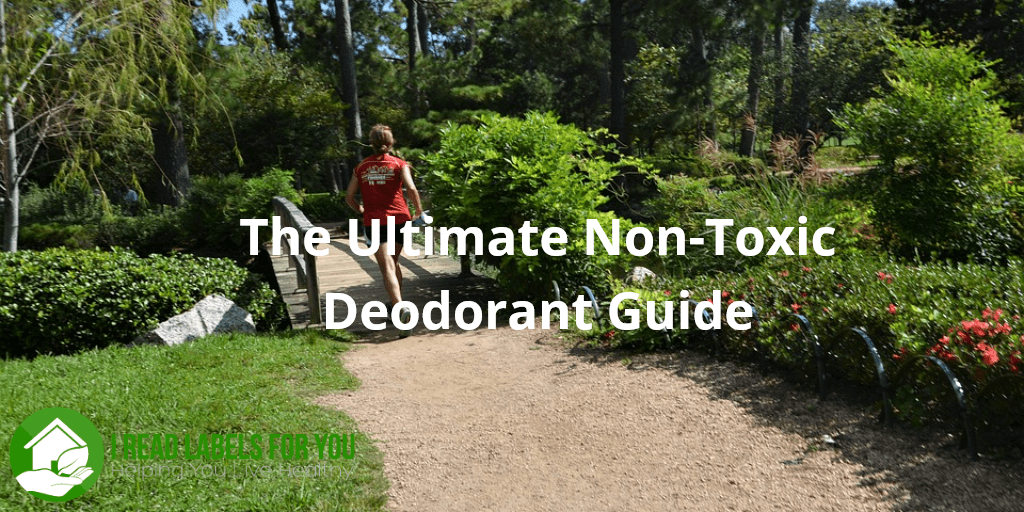
Wow two soap makers going at it, well done. I have learnt so much and it was very entertaining. The numerous Google searching that brought me to this site pales in comparison to what you two and others here have taught me, thank you.
Btw please don’t start on me for my comment please
Hi there, thanks so much for your work, i am finding it helpful. Have you heard of The Indigenous Soap company? That is the soap i am currently using and wondered if you thought it was a good soap or not?
What are your thoughts on Dr. Bronners Pure Castile Liquid Soap?
Hi, Rinnie: Thank you for asking. Yes- it is a good one. Just keep in mind that it is not a true castile soap. They use the word castile loosely. You can read more here: https://ireadlabelsforyou.com/buy-truly-non-toxic-soap/
Irina,
Not a true Castile Soap because it uses more than Olive Oil right? Do you have any ideas why a lot of people have an issue with it being drying on the skin? Would that be the other oils used in addition to olive oil?
Yes – the true castile soap is made only with olive oil. It might be drying because there is no superfatting, meaning no free oils left in the soap. I recommend diluting it with water. ~Irina
Hello, just came across this thread.
Castile soap needs a long cure from 6 – 12mths depending on the soaper, this makes a harder bar but lets it continue to become even gentler. Castile can also produce great natural bubble and a creamer lather.
All soap needs to be out of streams of water or sitting in water otherwise they become soft and soggy, they need to dry out per se.
The cost of a castile bar can vary, mine are $5 but some soapers will add more cost if they use the long curing process and the extra storage room, depends… I dont.
Coconut oil can be drying but it depends on the skin of the user, some find a higher amount wonderful, others not so.
As far as Natural Soap you are right there are no real guidelines, in saying that a true Natural Soap is very important to the Natural Soaper .
So colours from plants, spices,purees and so on.
It has to do with using ingredients that are not created in a lab but found in Nature. While we cannot control the use of lye its something we accept as part of the soap making process we cannot get away from.
As said if a recipe is formulated correctly there is NO lye left in the final bars.
If there is theres a problem, scales recipe ?
Bar soap does NOT need a preserative, citric acid is added by some to bring the ph level down but it shouldnt be needed.
Essential oils can also be used for the Traditional benefits for the skin not just scent.
While a wash off product these oils certainly do make a difference in facial blends.
I would put MOST well made handmade soap above any other, the soaper takes a lot of time to formulate a blend/recipe that is benefical for the skin. Its not about filler ingredients, its not about cheap ingredients either.
Its about a great balance between ingredients, this takes time, money and a lot of hard work.
Firstly we make soap for the love of the craft, for some of us its the way we earn our living so its not to be taken lightly.
We want to make the very best product we can, each oil, butter or such is important, we put our name to it so it must be the very best it can be.
On the label it can read and is correct to say – saponified oil/s of or list each ingredient, the oils, water, lye and so on in order of amount used.
If the label does not say Soap its a detergent, its as simple as that.
Soap making has come such a long way, very much so in the last 10yrs.
MV has provided lots of valuable and correct info, thank-you MV for that, cheers soapmaker
I am a soap maker and what I don’t understand is that once a soap is soponified there is no sodium hydroxide left in it ? This is leached out of the product. I leave mine for three months to be completely sure
So technically it is 100% organic soap if you are using 100% certified organic olive oil to begin with or any other organic oil for that matter.
I make Seabuckhorn soap which is far superior to olive oil soap and sells for $130 a bar. So at the end of the day you get what you pay for depending on your personal needs and your skins sensitivity
Regards,
Mike
Hi Michael: That’s a good point. Are soap makers required to disclose sodium hydroxide? As I said in the post, soap makers list ingredients differently. I had no idea that Seabuckhorn soap is so expensive. Thank you. ~Irina
@Michael The sodium Hydroxide (lye) doesn’t get “leached out” of the final product. I’m amazed a soap maker would make such statement. When an acid (fatty acids in the oils) and a base (sodium hydroxide or potassium hydroxide), combine they neutralize each other and make a salt (soap). This process is called saponification.
Whatever soap makers put in the formula, stays in the formula, or reacts within the process, whether hot, cold or any other soap making process. Depending on the formula, and soap-maker skills, or lack of, a soap could have lye left unreacted in the soap. This happens when the formula is faulty and more lye than required is added to manufacture the soap (lye-heavy) or no “superfatting” was taken into consideration for artisanal soap. Leaving a soap “to cure” only ensures the water content completely evaporates rendering a harder soap as it’s intended these soaps were made with too much water, but the lye doesn’t go away nor leaches out during the curing period. Lye can remain active for months even years if it didn’t react completely with the oils, chemistry 101. The only way to dilute or eliminate excess lye is by adding more oils and water (if necessary) during a rebatching process, but that’s an entirely different process not necessary if the soap maker knows its trade.
As for soap been 100% organic, it cannot legally be called that. According to USDA NOP Standards, a product qualifies for organic certification IF and only IF the count of organic ingredients is 100% – meaning all ingredients used in the formula are certified organic – or 95% – meaning 95% of the ingredients in the formula are certified organic while 5% are ingredients approved by the standard. To make soap at least 10% of lye is required to saponify the oils, therefore even if all the rest of the ingredients are certified organic, the total count of organic ingredients in the final product (soap) drops to 90% not meeting USDA standards to be legally called Organic. The highest standard a soap can reach is “Made with Organic Ingredients” as per USDA NOP regulations which requires at least 70% of organic ingredients in the final product as per this standard.
Irina, soap makers are required to either disclose sodium hydroxide or potassium hydroxide as the reactant followed by the list of ingredients (saponified with sodium hydroxide so and so oils), or disclose these ingredients as “saponified so and so oils” and add the sodium hydroxide on the list as we do, which you can verify on our website. The only way to make true soap is with sodium hydroxide, for solid bars, or potassium hydroxide, for liquid soap. A soap that’s not manufactured in this manner isn’t technically considered a soap, but a beauty bar or similar and it’s regulated by the FDA. A true soap, those intended for cleansing without any other claims, is regulated by the Consumer Product Safety Commission (CPSC), not by FDA, therefore a different set of rules need to be met. A soap that is also a moisturizer, cures acne or makes any other claims other than cleansing is considered a cosmetic, therefore the FDA regulations apply.
Hi MV,
Does MV stand for anything?
You are very pedantic . . .
But thank you for your very detailed and informative explanation on the subject. I’m sure my clients will be able to live with the fact that their products are at least 91% organic now that we stand, sit, or lay corrected.
I did have it explained to me back in the ‘Ye Old’ Soap making school days that the finished product did not contain sodium hydroxide once it had been left to sit in quarantine for months before sale . . .
So now I suppose I should go back there and demand my money back for leading me astray all these years ?
I have noticed that there are web sites out there that also claim there is no sodium hydroxide in the finished product. Here is one I found earlier for you http://www.chagrinvalleysoapandsalve.com/idascorner/soap/is-there-lye-in-your-soap-wont-it-harm-my-skin
Kind regards.
MV
Mike. If refuting your false statements makes me “pedantic”, by all means I am pedantic, but that doesn’t make you less uninformed.
The ‘Ye Old’ Soap making schooling is by no means the most infallible, scientific or accurate school of all times. Totally the opposite I come to find as I own one of the oldest (over 100 year old) recipes for Castile Soap which I had to “bring to better standards”. I’m the formulator behind the castile soap mentioned in the article you so graciously qualified as “not so good” compared to your “superior Seabuckhorn soap”, which I hope you’re not manufacturing using the CO2 extracted oil version?…
Most soap makers learn the trade from someone who learn the trade from someone and so on, passing on the same bad habits with no scientific base, over and over again. One of those so called myths in soap making is the “leave a lye heavy soap to cure and the lye will go away” or as you’ve put it, “leached out”. Noting farther from the truth. The “quarantine” method’s only purpose is to allow for the water to evaporate as most artisanal soap makers use an excessive amount of water for the dilution of lye, the reason why artisanal soaps shrink after the curing period. I’m sure it would be a surprise for you to know most soap formulas (with exceptions of course) can be ready to use within 24-48 hours, with no unreacted lye or shrinkage of the soap.
Contrary to what you were told, no amount of “curing” would remove, wash away or leach out the excess lye of a Lye-heavy soap. A lye heavy soap will have unreacted lye within the soap, freely “floating” while the one on the surface of the soap will convert to sodium carbonate commonly known as soda ash through a chemical reaction within days, both quite drying and harmful especially for babies and newborns and mucous membranes. I’ve used soaps made the artisanal way that have been left for a month “curing” that have burned my skin and my daughter’s. The only way to not have free floating lye in the soap is with a lye discount also known as superfatting. Then and only then no sodium hydroxide remains in the finished soap as per the article you’ve shared. This can only be accomplished when the formula itself is accurate.
Organic in the US is regulated by the USDA, which I’m very familiar with as my brand was USDA Organic Certified until 2014. Calling a product Organic that doesn’t even meet the standard is ILLEGAL. If as a business owner you’re ok violating the law, then disregard what I wrote and continue doing as you wish, just don’t publicly state a product that merely contains a 91% of organic ingredients is organic, because it isn’t. One of the things the cosmetic industry has is lots of misinformation passed as absolute truths mostly for marketing purposes. Wouldn’t you agree consumers deserve transparency and the truth from manufacturers?…
MV my a.k.a. stands for Manuela Valenti, formal psychopedagogist, chemist and formulator with over 10 years in the cosmetic industry, CEO and founder of By Valenti Organics, member of the Campaign for Safe Cosmetics, and Champion of the EWG.
Have a good day.
A few points I think is important to clarify in your article.
“The process of saponification is a process in which an alkali is added to fat or oil and the end result is soap, glycerin, and water.”
Not quite correct. There is no water being produced during the saponification process, only glycerin. Water is necessary to dilute the sodium or potassium hydroxide and this highly alkaline mix is then added to the oils.
Soaps cannot be certified organic, not because they contain lye, but because even if all the ingredients are certified organic, because at least 10% of lye is required to saponify the oils the count of organic ingredients would never be more than 90%. For any product to be certified organic the count of organic ingredients must be over 95%. Because of this a soap always classifies a Made with Organic ingredients by the USDA and never Organic.
Just wanted to say how much I LOVE the Sylverleaf frankincense and myrrh soap! I so enjoyed it. Thanks, you guys!